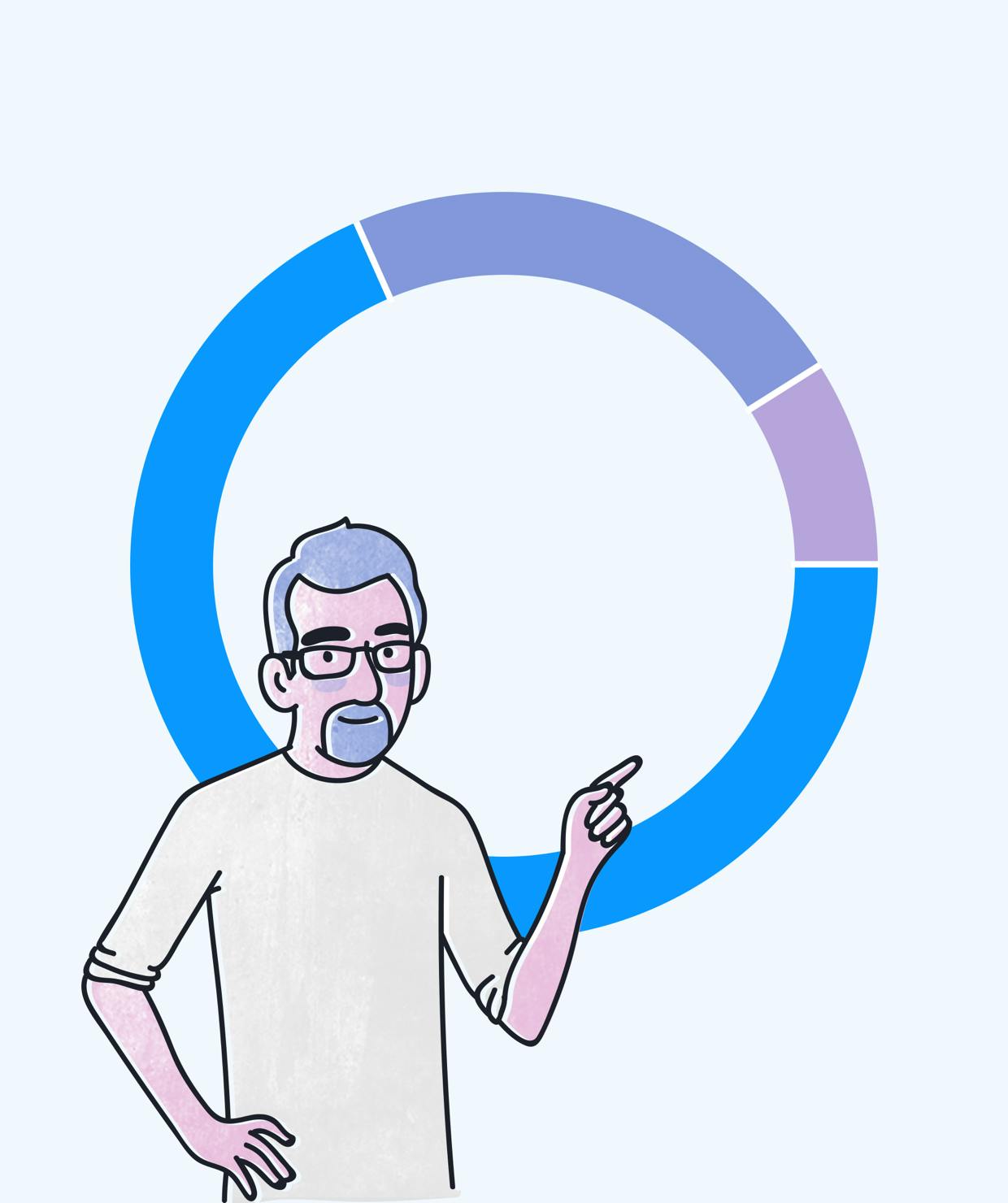Diversity and Inclusivity
An in-depth look at where we stand, and where we should be heading.
Introduction
We seek to celebrate our diverse identities. When we speak about diversity, we acknowledge that our different backgrounds bring unique perspectives to our work. There are many types of diversity, including race, ethnicity, national origin, religion, age, sex, sexual orientation, gender identity, disability, medical/genetic condition, parent/marital/care-giver status, education background, and beyond.
We’re stronger together. Diversity is everything about us that makes us who we are.
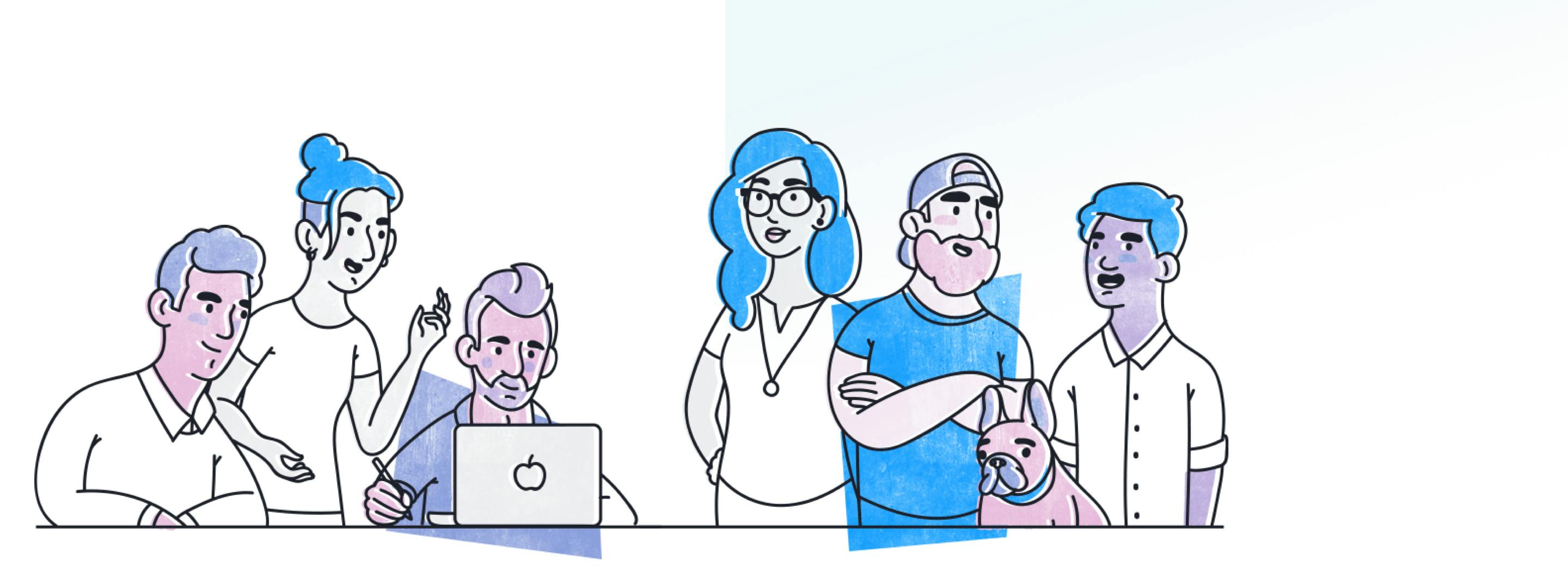
Company Role
From 2007 to 2016, 4% of top-grossing directors were women; even less were people of color. As we grow, it is essential to push for accurate representation in our executive and leadership team. Over the next year we will develop advancement and hiring strategies and work to define clear paths to leadership that prioritize diverse representation and gender parity.
| Percentage | Description |
|---|---|
| 0 | Professional |
| 0 | Leadership |
| 0 | Executive |
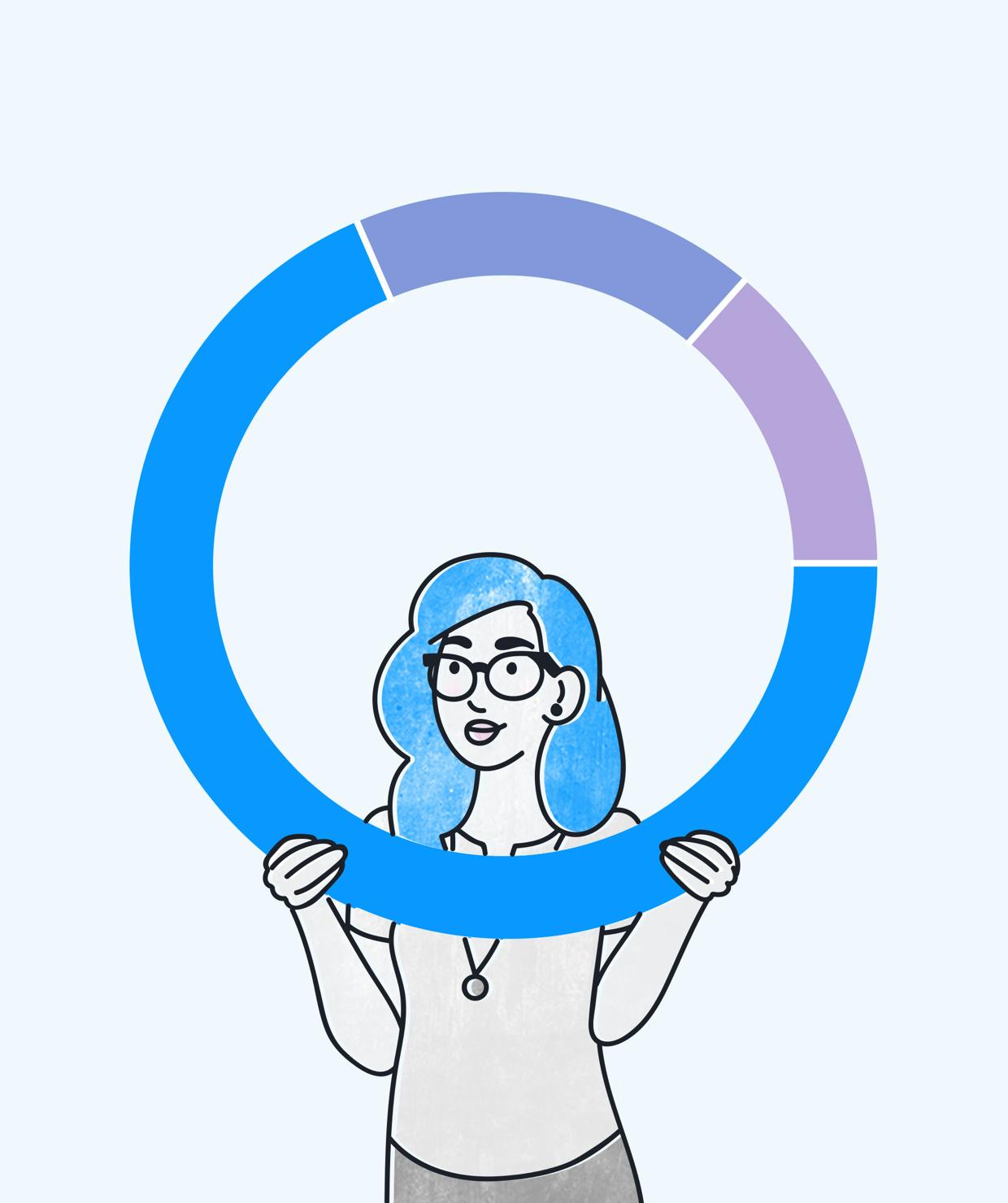
Gender Identity
One of our main goals for diversity this year is to reach gender parity and increase our representation of individuals across the gender identity spectrum. The tech field is dominated by cisgender men; cisgender women in tech experience unequal pay compared to their male counterparts. Transwomen, transmen, genderqueer, non-binary and intersex individuals experience a pay gap in tech jobs as well as further discrimination surrounding appearance and sexual orientation; In the United States, transgender individuals lack federal employment protection and can be fired for gender identity in 30 states. We believe that greater representation of diverse sexual and gender identities is a major step in changing this problem. We start by proactively changing our own policy in the hopes that this change will spread to the rest of our field and beyond.
| Percentage | Description |
|---|---|
| 0 | Cisgender Male |
| 0 | Cisgender Female |
| 0 | Prefer not to answer |
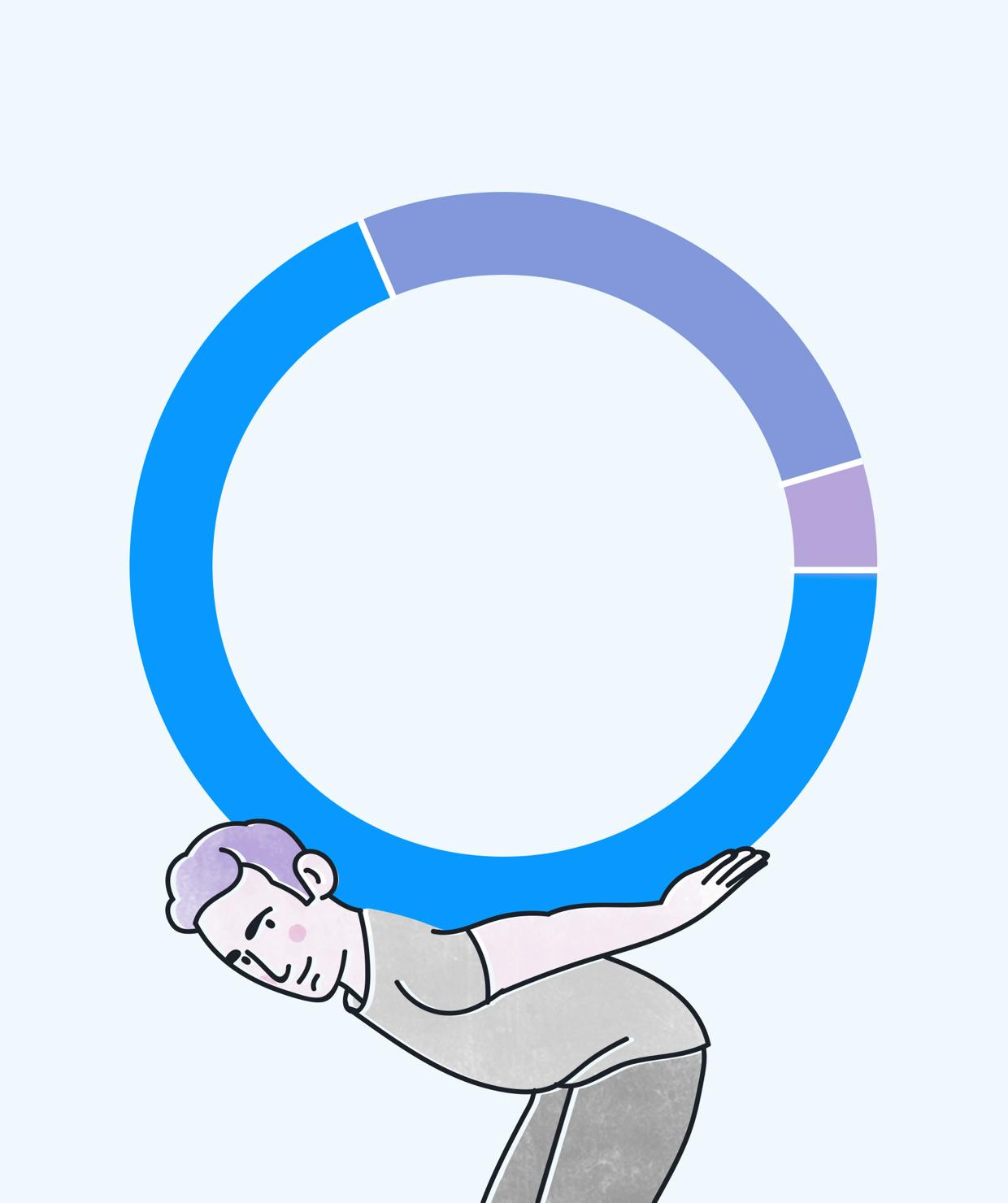
GSD Identification
LGBTQIA+ people are our neighbors, co-workers, friends, and family. Despite recent legal reforms and shifts in social attitudes , LGBTQIA+ people still face discrimination and inadequate legal protection. In the United States, a person can be fired for being LGBTQIA+ in 28 states. Businesses have a responsibility to put LGBTQIA+ equality and inclusion into action. At Versett, we want everyone to feel welcomed, included, and free to bring their authentic selves to work each day with full support from our team.
| Percentage | Description |
|---|---|
| 0 | I don't |
| 0 | I do |
| 0 | Prefer not to answer |
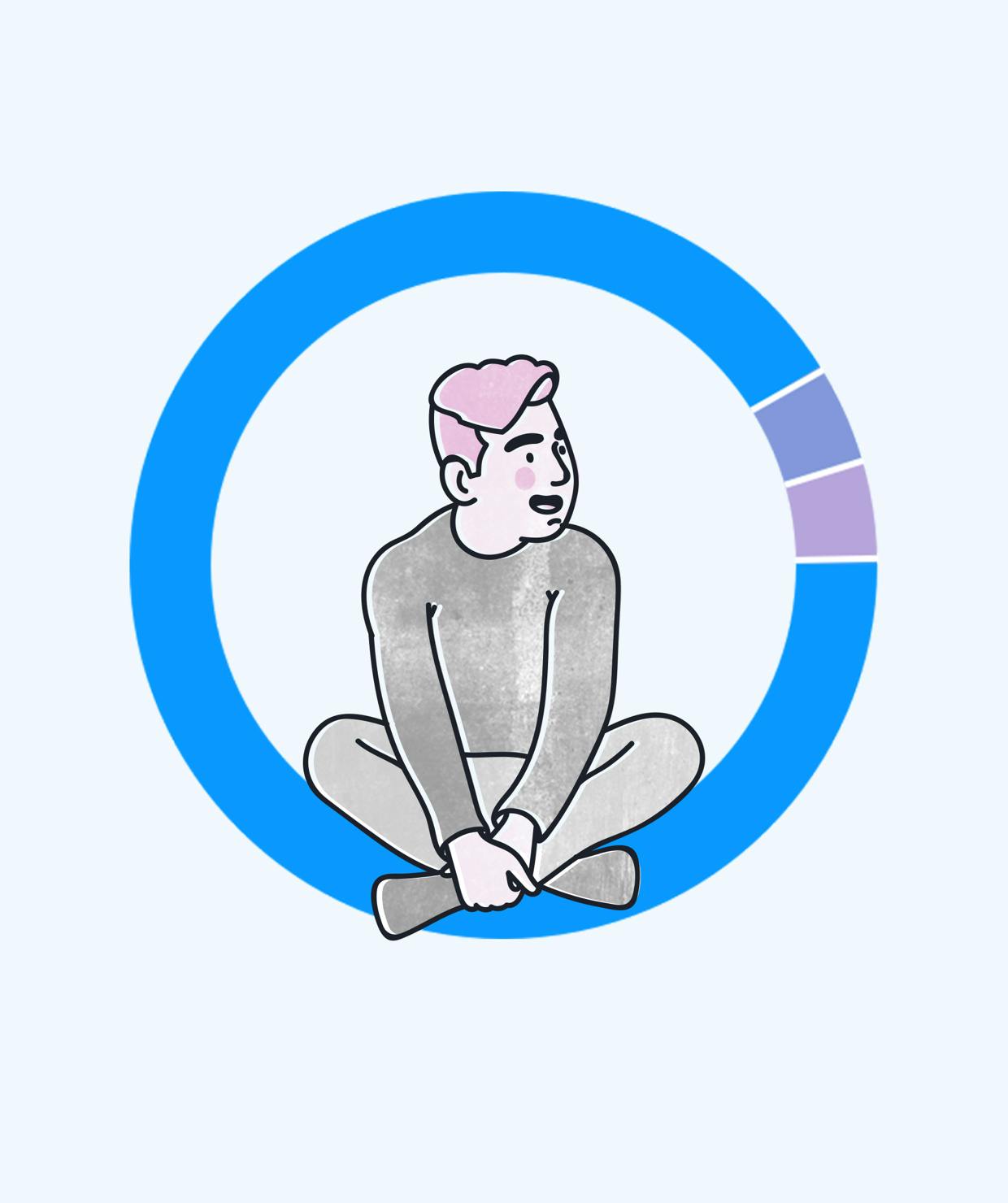
Race & Ethnicity
Having a representative team isn't just about identification; it's about celebrating the diversity and broad perspectives that a diverse set of people can bring to the table. In a predominantly White industry, racial minorities face many challenges, including discrimination and unequal pay. Systematic inequality and injustice in the workplace has kept underrepresented groups from reaching their full potential for too long. Versett is proud that our team members represent 6 different countries and a variety of racial/ethnic backgrounds. This diversity is part of our company fabric. It shapes our work and the ways we relate to each other. In the face of adverse government policies, our diversity has become a rallying point for our team. Over the next few years we hope to expand our team to be more representative of the population, as well as implement inclusivity measures to ensure employees feel supported and included in the workplace.
| Percentage | Description |
|---|---|
| 0 | White / Caucasian |
| 0 | Asian |
| 0 | Biracial |
| 0 | Prefer not to answer |
| 0 | Hispanic / Latino / Latinx |
| 0 | Black / African |
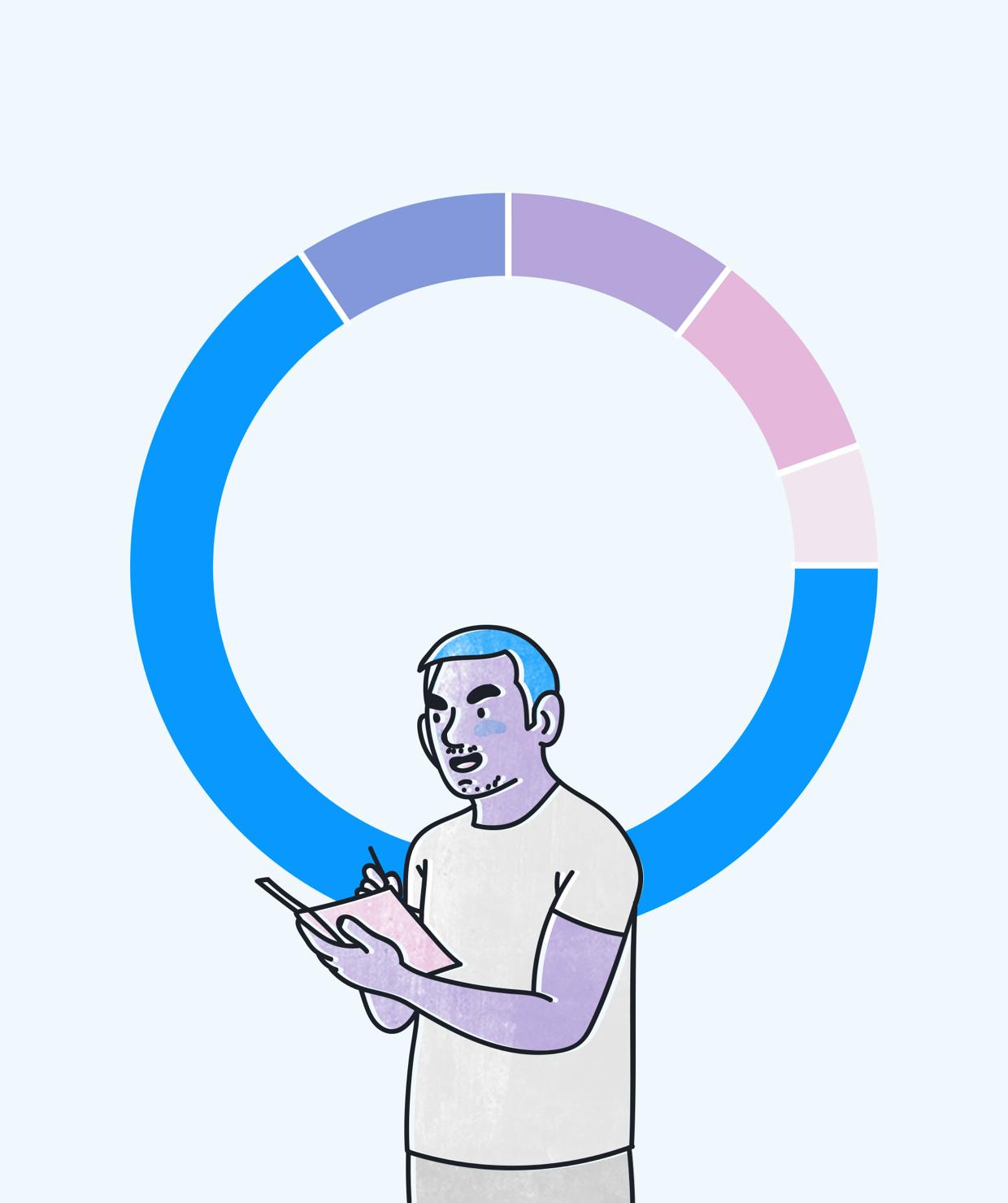
Age
In recent years, older employees in the tech industry have faced layoffs andhiring discrimination. Most employees in tech are in their late 20s. Age is just a number, and shouldn't be a requirement to work or participate in company culture. We are cognizant of creating a culture and hiring process that's welcoming, inclusive, and friendly to people of all walks of life.
| Percentage | Description |
|---|---|
| 0 | 25 – 34 yrs. |
| 0 | 35 – 44 yrs. |
| 0 | 45 – 54 yrs. |
| 0 | 18 – 24 yrs. |
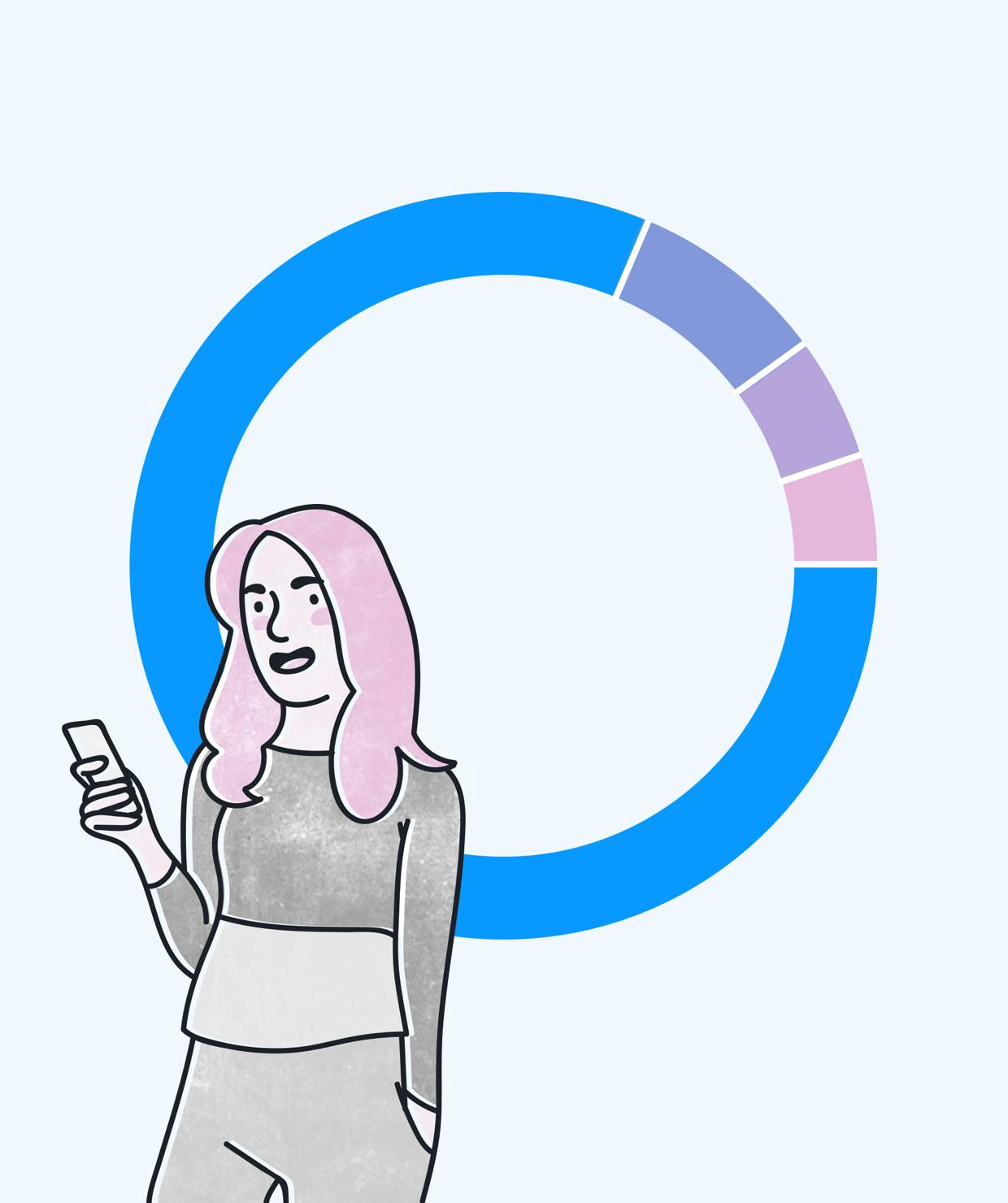
Relationship Status
| Percentage | Description |
|---|---|
| 0 | Married |
| 0 | Single |
| 0 | Domestic partnership |
| 0 | Civil Union |
| 0 | Other |
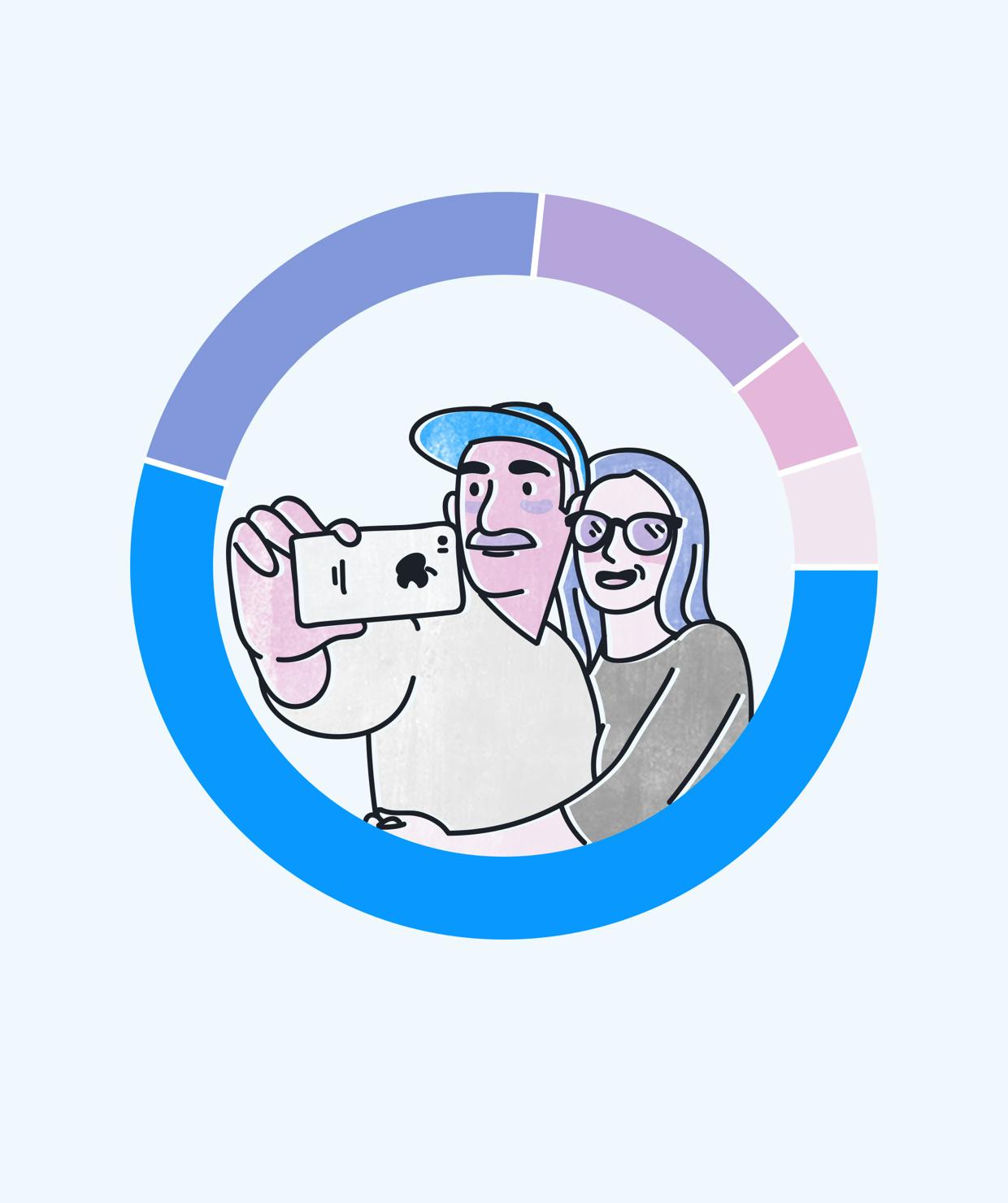
Carer Status
It can be really hard to balance career and family life. Parenthood is an 18+ year job, undertaken by both men and women, biological and adoptive parents, LGBTQIA+ and straight, in all kinds of family structures. 29% of the U.S. population provide care for a chronically ill, disabled, or aged family member or friend during any given year, spending an average of 20 hours per week providing care for their loved one. As our team grows, more and more people will be in these types of positions. Our stated goal is to provide our team with the flexibility and support they need to have a life, a family, and a career; we're committed to providing this space, whether through our flexible time off policy or our commitment to providing 4 months of paid parental leave.
| Percentage | Description |
|---|---|
| 0 | I am not a parent / carer |
| 0 | I am a parent / carer |
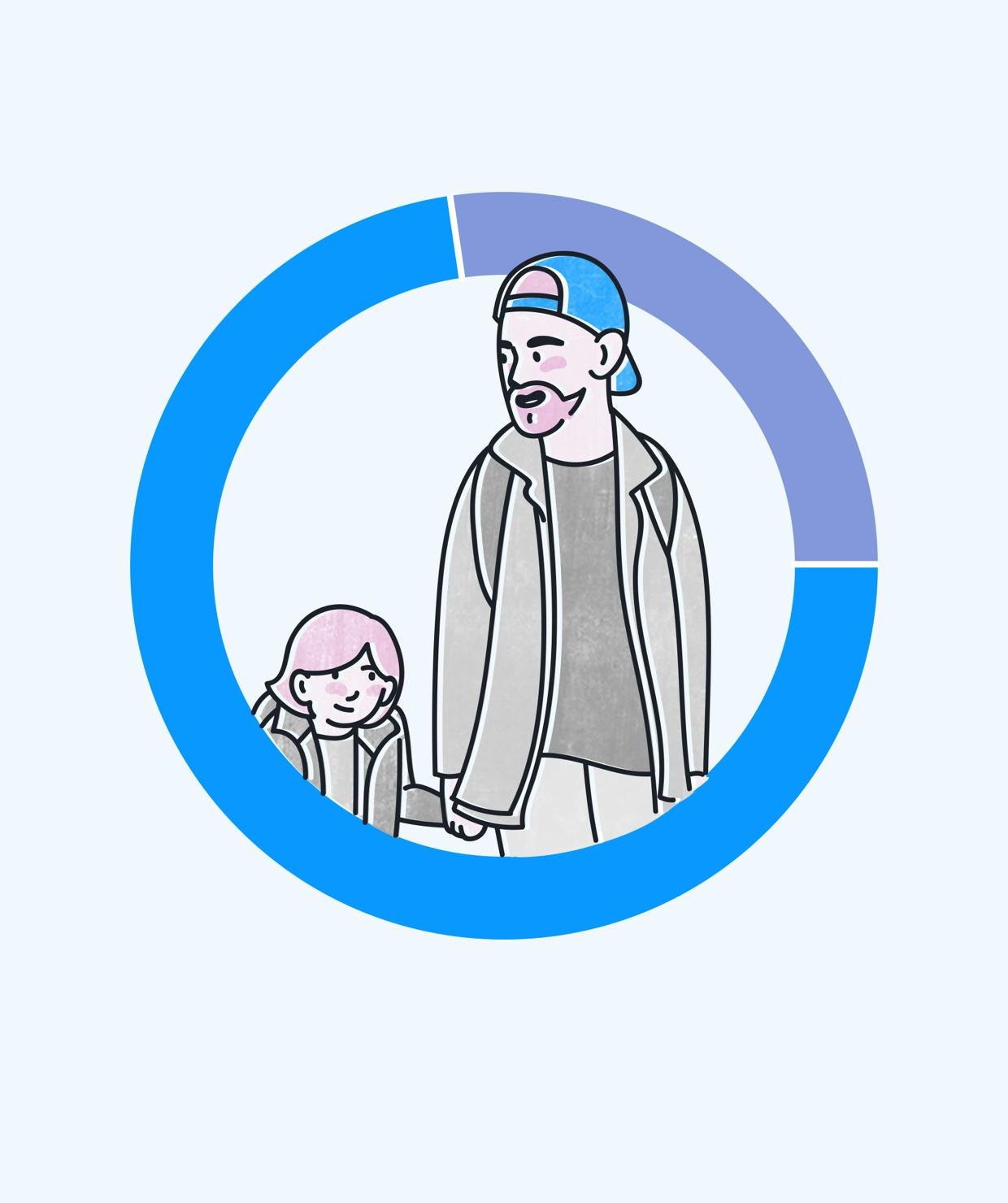
Education Level
At Versett, we've never looked at schooling as a hiring criterion. We care about what you've done, how you think, and how you tackle big problems and challenges. We also value continuing education, and understand how it can help our team learn and grow. Most of us already work 40 (or more) hours a week— adding classes, homework, and finals into the mix can be overwhelming. We are committed to supporting our teammates who are completing school or doing extra-curricular education, whether full-time or part-time.
| Percentage | Description |
|---|---|
| 0 | Bachelors degree |
| 0 | Advanced degree |
| 0 | Associates degree |
| 0 | Some college, no degree |
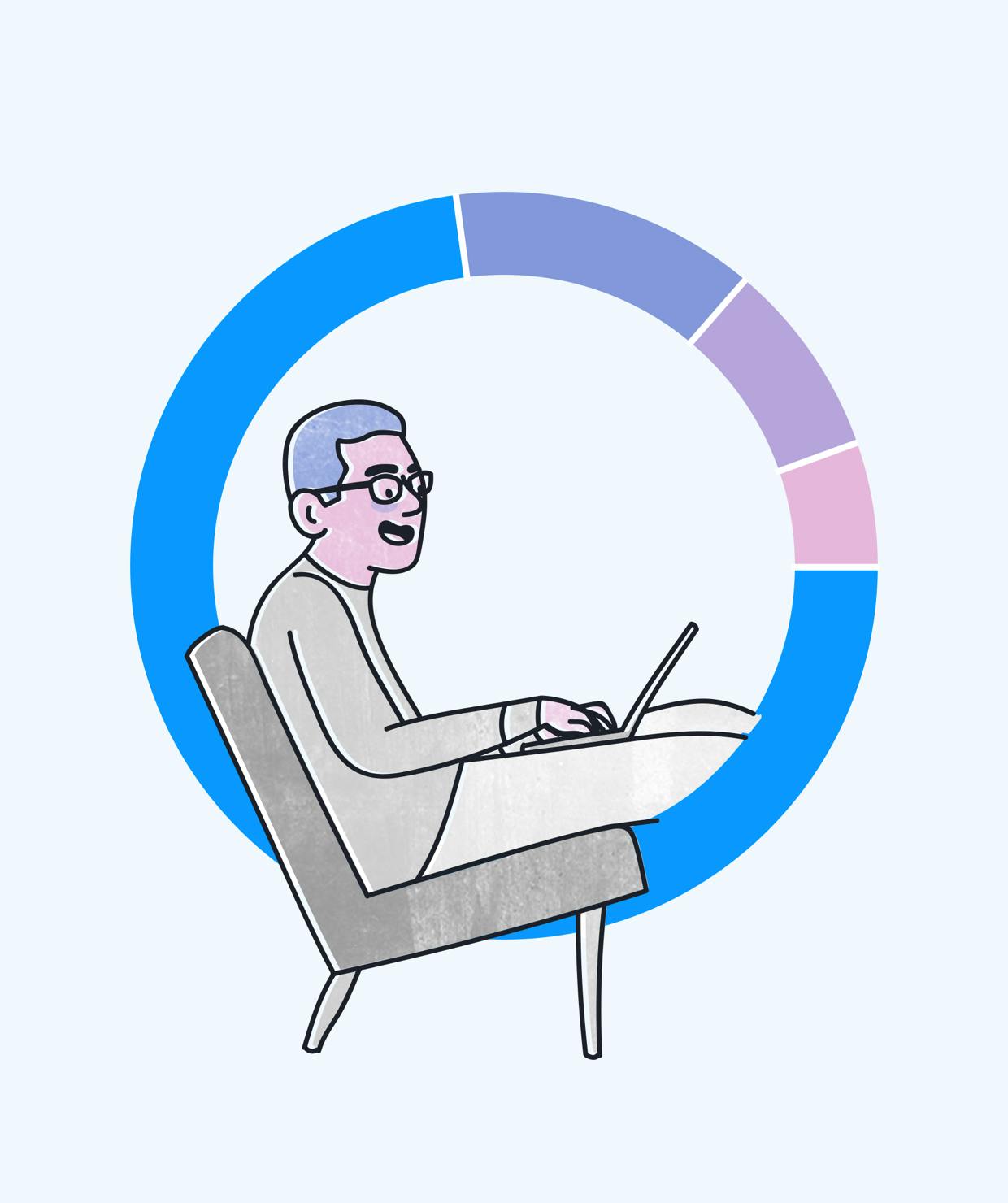
Neurodiversity / Disability
Due to antiquated governmental policies and systemic inequities, disabled workers make significantly less than their non-disabled peers for the same job. Workers with chronic illnesses face job uncertainty; the protections afforded chronically ill workers are usually thin and somewhat vague. Neuro-diverse individuals often struggle to fit the profiles sought by prospective employers. This issue is close to our hearts, as nearly a quarter of our team identifies as neuro-diverse or disabled. We aim to create an atmosphere where our teammates are comfortable talking (or not talking) about these experiences. We believe a large part of creating an inviting and inclusive workplace lies in creating connections to your teammates both on a personal level and through shared projects and OKRs. This past year we worked to cement our flexible vacation policy and comprehensive health coverage, and over the next year we hope to ensure that all of our offices are accessible and comfortable work environments for all employees.
| Percentage | Description |
|---|---|
| 0 | I don't |
| 0 | I do |
| 0 | Prefer not to answer |
